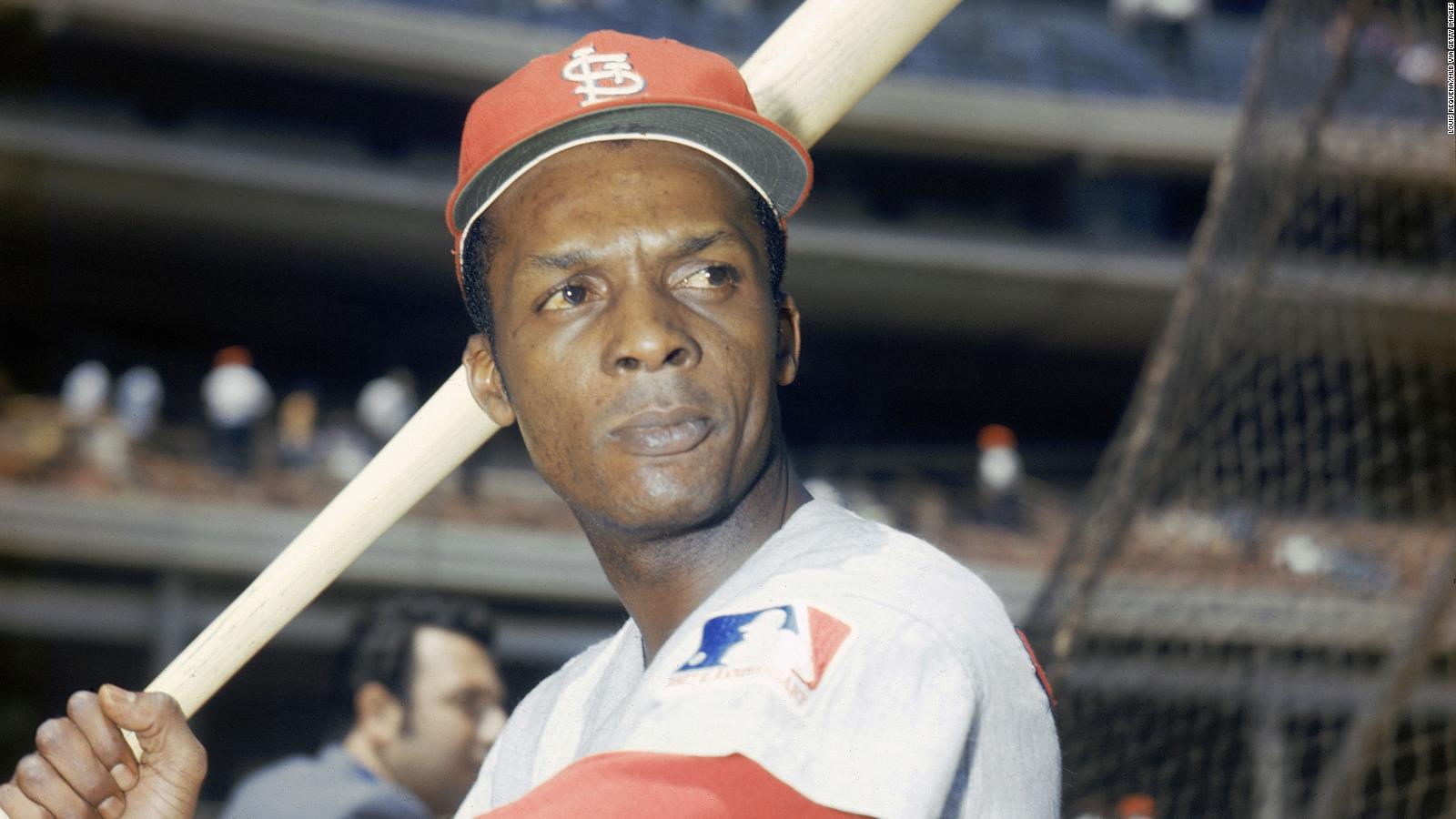
That year, players also won the right to hire agents to negotiate their contracts.Įvery MLB player had in his contract what was known as “the reserve clause,” which tethered players to their teams. From that point on, disputes would be settled by independent arbitrators rather than the MLB commissioner, who worked for the owners. Then, in 1970, the MLBPA established players’ rights to binding arbitration over salaries and grievances.
#Curt flood autobiography professional
Two years after Miller took the union’s reins, the MLBPA negotiated the first-ever collective bargaining agreement in professional sports.


Miller instructed ballplayers in the ABCs of trade unionism: Fight for your rights stick together against management work on behalf of players who will come after you prepare yourself-professionally and financially-for life after playing ball and don’t allow owners to divide players by race, income, or their place in the celebrity pecking order. That began to change when the MLBPA hired Marvin Miller, who’d been the steelworkers union’s chief economist and negotiator, as its first full-time director in 1966. Players had no rights to determine the conditions of their employment. His teammates selected him as their co-captain each year between 19.ĭuring most of Flood’s career, the MLBPA was a toothless tiger.
#Curt flood autobiography series
Louis Cardinals’ three National League pennants and two World Series victories in 19. He played in three All-Star games and was a catalyst for the St. He won the Gold Glove Award, as the best defensive outfielder, seven years in a row.

During his Major League career, which lasted from 1956 to 1969, Flood batted. In many cities, Black players couldn’t stay in the same hotels or eat in the same restaurants as their teammates.įlood used his anger at that bigotry to fuel his performance on the field. During his playing days in the minors and majors, Flood, like other Black ballplayers, faced racist taunts from fans and ostracism from some teammates. He told the crowd of 3,800 that he felt a personal responsibility to fight racial injustice.

In February 1962, at Robinson’s invitation, the 24-year-old Flood traveled to Jackson, Miss., to speak at a rally organized by NAACP leader Medgar Evers. For Curt, players’ rights and civil rights were part of the same idea.” He was particularly interested in the fact that SAG members had their own agents and lawyers, could negotiate with film studios over salaries, and could move to different studios-all things prohibited in Major League Baseball at the time.įlood, whose first season in the majors was a year after the 1955 Montgomery bus boycott, “was one of the first ballplayers to get involved with the civil rights movement,” said Pace Flood. “On our first date, over dinner in 1964, he quizzed me about the Screen Actors Guild,” recalled his widow, Judy Pace Flood, who was a well-known actress during the ’60s and ’70s. Every professional athlete owes Flood a debt of gratitude, but the billionaires who run Major League Baseball and the Hall of Fame aren’t fans of Flood, whose outlook and activism were shaped by both the labor and civil rights movements.Įven before the Major League Baseball Players’ Association (MLBPA) had any influence, Flood was an eager trade unionist. An outstanding hitter and outfielder during the 1950s and ’60s, he sacrificed his career to challenge the control of baseball’s corporate plutocracy over players’ lives and livelihoods. Curt Flood belongs in baseball’s Hall of Fame.


 0 kommentar(er)
0 kommentar(er)
